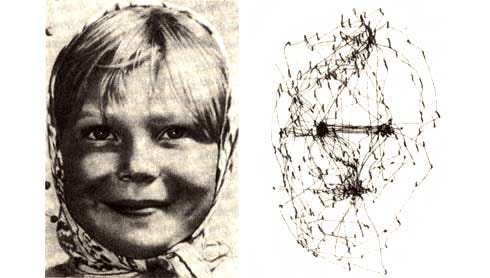Attention in the Human Brain and Its Applications in ML
The roots of attention in machine learning comes from the human visual system.
Interested in contributing?
Learn about how you can get involved with The Gradient by filling out this form!
Attention in the Human Brain and Its Applications in ML
Some objects grab our attention when we see them, even when we are not exactly looking for them. How precisely does this happen? And, more importantly, how can we incorporate this phenomena to improve our computer vision models? In this article, I will explain the process of paying attention to salient (i.e. noticeable) objects in the visual scene and their applications in Machine Learning as an AI researcher (or not only from the neuroscience perspective). Visual perception, saliency, and attention have been active research topics in neuroscience for decades. The discoveries and advancements that these researchers have made have helped AI researchers understand and mimic the process(es) in the human brain. Indeed, saliency and attention are active research topics in the AI community, too. The outcome is a wide spectrum of applications ranging from better language understanding to autonomous driving. But before we can understand the AI perspective on attention, we’ll first have to understand it from the neuroscience perspective.



